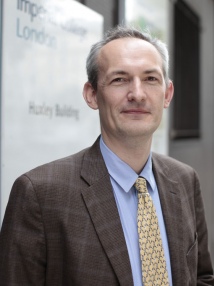BibTex format
@article{Colombi:2017:10.1038/s41598-017-07151-6,
author = {Colombi, A and Ageeva, V and Smith, RJ and Clare, A and Patel, R and Clark, M and Colquitt, D and Roux, P and Guenneau, S and Craster, RV},
doi = {10.1038/s41598-017-07151-6},
journal = {Scientific Reports},
title = {Enhanced sensing and conversion of ultrasonic Rayleigh waves by elastic metasurfaces},
url = {http://dx.doi.org/10.1038/s41598-017-07151-6},
volume = {7},
year = {2017}
}

